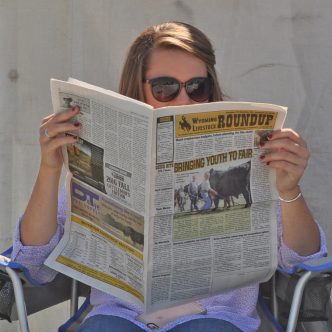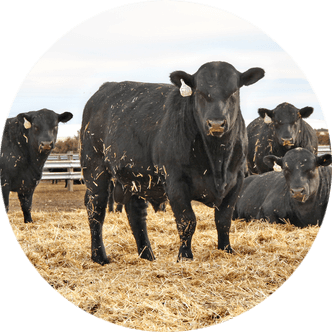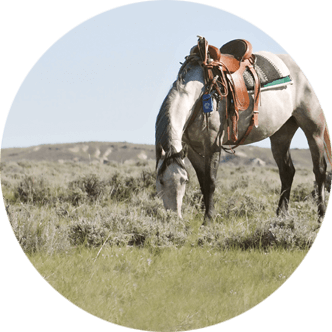It’s the Pitts: Ropes I’ve Known
My very first rope – or lasso as my grandpa called it – was a grass rope he gave me when I was 10.
The problem was I didn’t have a horse despite the fact grandpa was an avid team roper and produced rodeos which he always called “ro-day-ohs.”
My grandpa sold his rope horses and quit team roping before he could teach me anything, so I was left to my own devices.
Although I couldn’t rope a dead Longhorn when I first started, after using that old grass rope for some time, I became a world champion at roping fence posts and my younger sister. Yes sirree, I was a regular rock ‘em, sock ‘em, double hock ‘em roper.
Whenever my sister saw me dragging my rope in her direction, she planted both feet firmly on the ground and wouldn’t move. This is why I became a header.
The legendary Ace Reid said, “A man shouldn’t rope something he doesn’t plan to brand, doctor or eat,” but without any cattle, I was forced to rope dogs, chickens and even my sister’s Hampshire show pig.
I slept with the old grass rope, and like all good cowboys, I did everything but eat with it. So, one can understand my consternation when my uncle tried to pull his truck out of the mud with it and turned it into cow feed.
When grandpa heard about the demise of my grass rope, he gave me an old maguey rope made from the century plant. Talk about a temperamental rope with a mind all its own. Those long fibers of the cactus plant were extremely stiff and what Mexican charros called “hot,” because it gave the worst rope burn of any rope.
I swear a person could cut a tree down with that rope.
I never got the hang of it, and I threw a lot of empty loops with it. The only useful tasks I could think of for the rope was to either hang the person who originated it or use it to clean the lint out of my wife’s dryer vent. I could feed the stiff maguey through the vent, and it was like a regular Roto Rooter.
When I got my first show steer, I bought my first real rope at the feed store. It was a manilla rope, and I used it to rope my mean steer so I could get a rope halter on him. At least this was the excuse I gave. Frankly, I just needed the practice.
This rope confirmed I was a header, not a heeler, because whenever I aimed for my steer’s feet, all I caught was dried up cow pies.
When my grandpa saw I’d bought a manilla rope, he hit the roof and brought me two leather reattas. Grandpa was a traditionalist.
He told me if I wanted to be a cowboy, I had to use the 30-foot reatta, but if I wanted to be a buckaroo, I should use the 60 footer.
It didn’t really matter because I couldn’t catch a cold with either one.
I couldn’t tie hard and fast without breaking the reatta, and I had to give up some slack when a calf hit the end of the line or it’d snap in two. I had to dally round my horn and give-and-take, which was more like fishing than roping.
I never could get the hang of it, and I retired both ropes and hung them on the wall.
As a leatherworker, I’d always wanted to visit King Ropes in Sheridan because Don King was king of the saddlemakers and made famous the “Sheridan style” of leatherwork.
When I worked the Buffalo Creek Sale in Sheridan, I finally got the chance to visit.
When you walk into King’s Saddlery, you are met by a wall of ropes, and if you walk to the back of the store and across the alley, you enter a fabulous museum dedicated to the art of leatherworking and the Western cowboy. Of course, I bought a King Rope and the requisite King Ropes ballcap.
When I wrote for Super Looper – now defunct – someone gave me a Classic Ropes “Rattler,” and this rope had eyes. People still talk about the time I roped two calves and the fence post they were standing next to all in the same loop.





